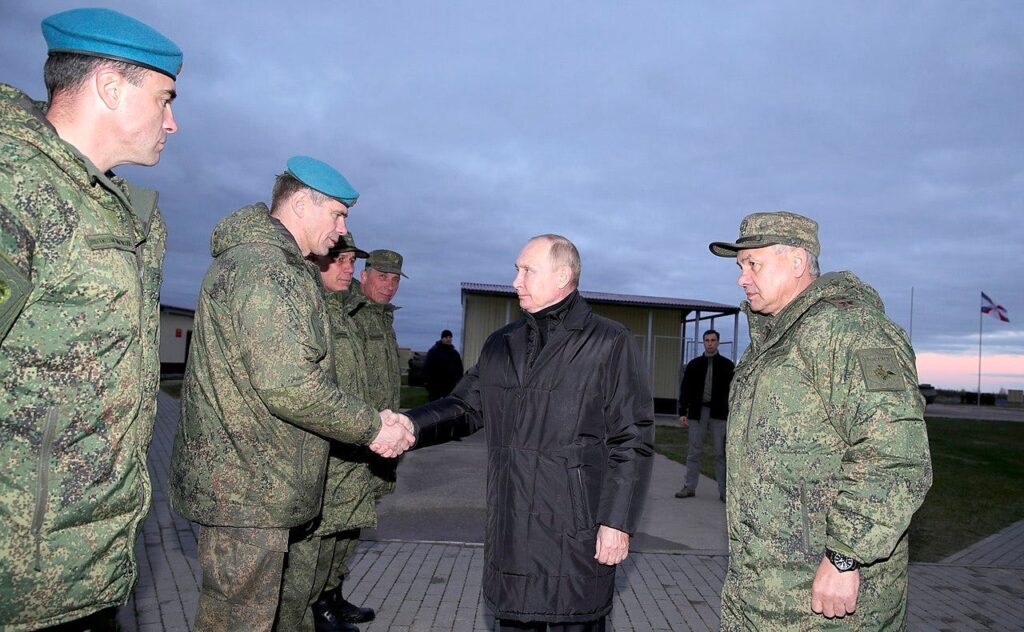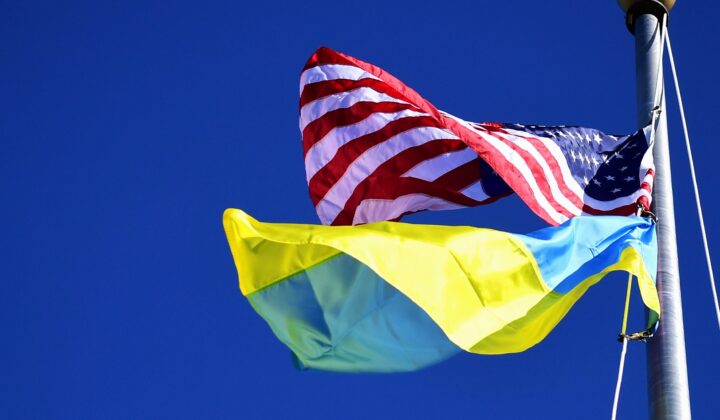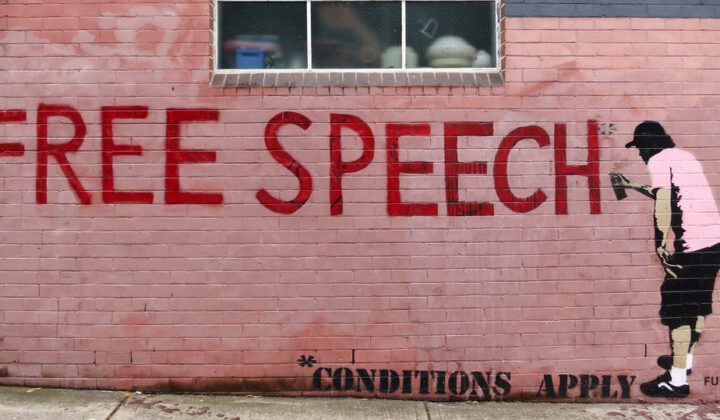Next Friday, February 24, is the one year anniversary of Putin’s invasion of Ukraine. It concludes a year measured in tragedies: tens of thousands of war crimes, hundreds of thousands of casualties, millions of refugees, and billions of dollars lost to a dictator’s ill-fated campaign.
Putin, meanwhile, will mark the anniversary in the only way he knows how: ordering a new offensive.
A year into the war, Putin is desperate for a victory. Despite the bloodshed, economic devastation, international condemnation, and domestic discontent, Putin has little to show for his war. Zelensky remains in power, NATO is suddenly the hottest club in Europe, and Ukraine shows no sign of folding. Putin has failed to even consolidate control of Ukraine’s Luhansk, Donetsk, Zaporizhzhia, and Kherson oblasts, which Russia nominally annexed back in September. With the new offensive, Russia aims to change that.
Ukraine is facing its own decisive moment. Most immediately, Ukrainian forces must hold back the Russian onslaught, described by Luhansk governor Serhiy Haidai as an attempt to overwhelm them “with sheer human mass.” Perhaps more importantly, though, they must prove to their increasingly skeptical backers in the West that victory isn’t out of reach.
The greatest threat to Ukrainian success is a loss of the momentum that has sustained international support. As Ukraine successfully defended against Putin’s initial invasion, went on a harrowing counteroffensive, and dug in during the fall, Western aid ratcheted up. A year on, the Ukrainian military is strengthened by advanced howitzers, HIMARS, Patriot missile systems, and a whole host of other equipment that was thoroughly off-limits a year ago. Tanks are on their way, and jets may be coming next.
Ukraine’s stunning successes have meant that the loudest voices in NATO countries remain committed to Ukrainian victory. Just this month the Biden administration announced billions more in military aid, and a new report from the Washington Post says that the US is constantly providing intelligence essential to the vast majority of Ukraine’s HIMARS strikes.
Despite the high levels of support Western governments have provided Ukraine since the invasion began, they risk changing their policies. The Washington Post reports that “U.S. officials are telling Ukrainian leaders they face a critical moment to change the trajectory of the war, raising the pressure on Kyiv to make significant gains on the battlefield while weapons and aid from the United States and its allies are surging.”
Washington may be sensing that Americans’ appetite for supporting Ukraine is waning. In a new poll from the Associated Press-NORC Center for Public Affairs Research this week, a majority of Americans no longer support military aid to Ukraine, dropping from 60 percent in May to 48 percent in January. The shift was particularly stark among Republicans, who in May were almost twice as likely to support military aid than they were to oppose it, at 53 percent versus 28 percent. By January, Republicans were evenly split on military aid, 39 percent supporting it versus 37 percent opposed.
Americans’ priorities have shifted, as has their willingness to bear any cost for the war. In March, a majority of Americans said that sanctioning Russia as effectively as possible was more important than limiting damage to the American economy. Now, a strong majority favor prioritizing the economy, according to the same Associated Press poll.
Stagnant frontlines risk making the situation worse. Since the conclusion of Ukraine’s counteroffensive in the fall, the territory controlled by each side has hardly changed. As stasis sets in, the voices calling for Ukrainian victory could be drowned out by those supporting a so-called “diplomatic solution.” In practice, that would mean Ukraine ceding the eastern and southern portion of the country to Russia in a Korean-style partition.
Partition would be devastating to Ukraine and a major victory for Putin. It would also be just the lifeline the autocrat needs as he struggles to spin the war into a success and Russian capabilities fall even further.
Russia may be waging a new offensive against Ukraine, but its military is collapsing in slow motion. US officials estimate that Russia has suffered 200,000 casualties in Ukraine, with the pace of bloodshed set to increase during their costly offensive. Half of its tanks have been destroyed, and sanctions have severely affected Russia’s ability to replace lost equipment. The September mobilization order drew in tens of thousands of new recruits, many of whom were cast into the frontlines with minimal training and abysmal equipment minimizing their potential impact. In the years leading up to the war, money that was supposed to go into building Russia’s military capacity was instead skimmed by oligarchs to fund their lavish lifestyles. The Ukrainian government reported that some Russian soldiers have even been issued WWII-era helmets to make up for supply gaps.
Regardless of what comes of Russia’s rapidly developing offensive, nothing can fix the critical shortcomings of the Russian war machine. As strategic studies expert Phillips Payson O’Brien wrote in the Atlantic last month, “the logistical, planning, and organizational failures that stalled Russia’s advance and allowed Ukraine to recapture territory are likely to keep occurring. As long as its NATO partners keep increasing their support, Ukraine is well positioned to win the war.”
Russia is heading for defeat, and the last thing Western countries should do is offer it a lifeline by slowing aid or pushing for premature negotiations. As Garry Kasparov said, “The story of this war is the best demonstration of what free people are capable of.” As the dictator in Moscow’s house of cards crumbles, let’s give the Ukrainians our patience to prove what they can achieve.





